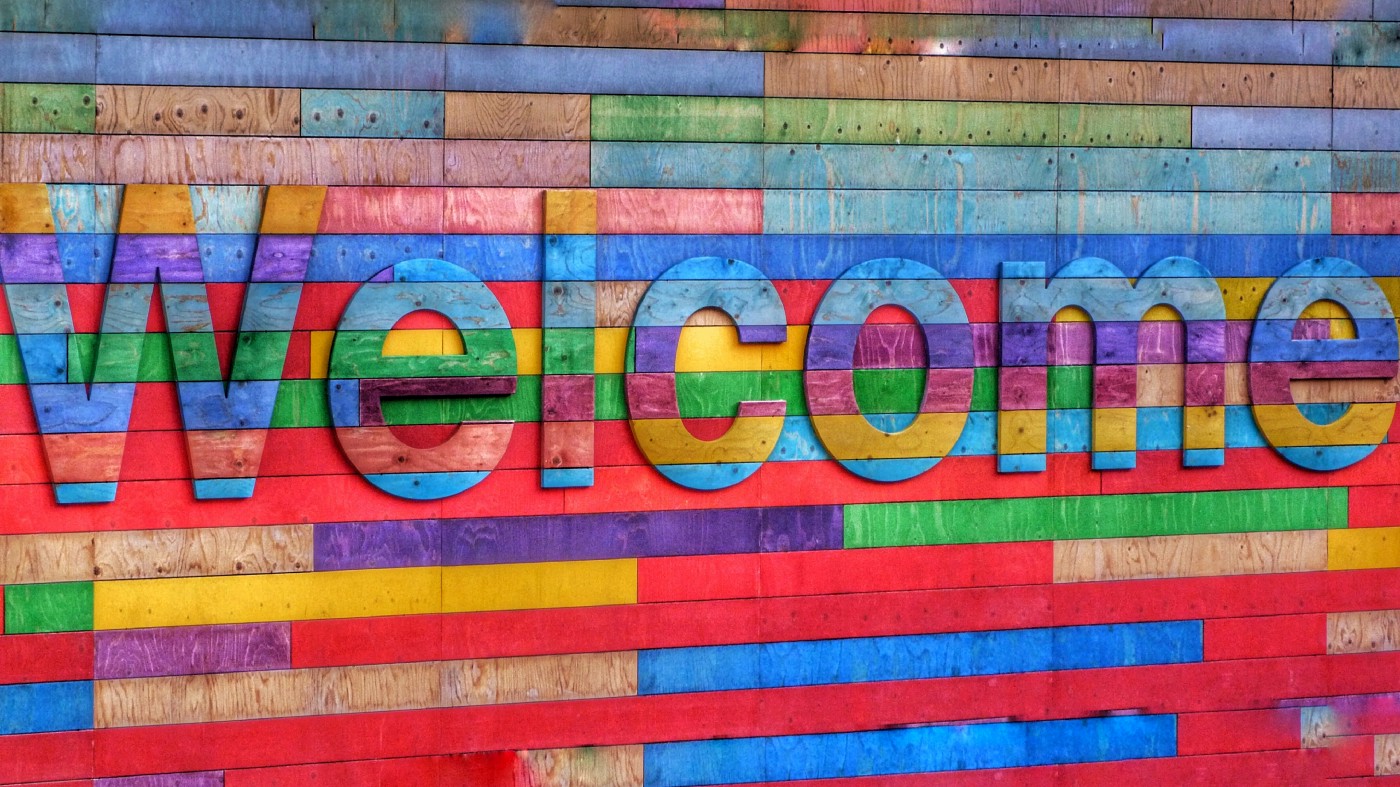Onboarding is Like Hosting a Party

Updated On: April 5, 2022
There are two types of party hosts. There’s the host who yells that the door is open and waves toward the makeshift bar when you walk in. You look nervously at the random assortment of beverages and mixers trying to figure out where to begin, but figure it’s a safe spot to linger while you scan the room in search of a familiar face (at least you’ll look busy). On the other end of the spectrum, you have the host who greets you at the door, grabs your coat, helps get you settled with a drink and facilitates an introduction or two so you immediately feel part of the fun.
If you’ve run with this crowd for years, the first type of host works — you’re already part of the group, know what beverage you want to whip up (because you make it every time) and who you want to chat with first! However, if you’re new to the neighborhood (or a new hire), you’ll likely feel significantly more comfortable and welcome with the second type of hostess.

It probably comes as no surprise that a great onboarding process aligns more with the latter — the gracious hostess with the mostest who immediately makes you as the guest (or new hire) feel welcome and part of the team. As the Vice President of Operations at Echobind, where we’ve done a fair amount of hiring over the last 12 months, we’ve worked hard to hone our onboarding process to set our new hires and team up for success. To be the hostess with the mostest, here are five areas we’ve focused on:
- Start onboarding early and be consistent. We’ve made each step in the process feel genuinely like Echobind — our new Team page highlights our team, values and ethos, which is then reflected in our job descriptions, how we structure interviews, etc. Onboarding actually starts before your new hire’s first day, so you shouldn’t wait until their first day to start showcasing your company culture, values and team.
- Give them everything they need to hit the ground running. Much like making sure your new hire’s workspace is set up, we do the same as a remote team. We make sure they have their laptop, account logins and company policies in hand so they can get started. But we don’t just hand them a ton of info and leave them to their devices — their manager, me and others jump in to show them the ropes.
- Set up shadowing to get started. Before a new hire starts on client work solo, we have them shadow a few team members so they can see how we use our systems, communicate with each other and our clients, etc. This way they can learn by watching and doing side-by-side, and then feel that much more confident diving in.
- Meeting the team is critical, and a step we value particularly as a remote team.We schedule short and sweet intro calls so that our new team member gets a chance to chat with everyone off the bat.
- Track progress early to ensure things are moving in the right direction. We have a 30-, 60-, 90-day check ins for each new hire, which might sound like a lot but have been tremendously valuable. Our goals are twofold: first, make sure we’re on the same page and that the new hire’s experience is matching the expectations we set (we always ask if anything has been surprising). Second, identify/validate strengths and growth opportunities, which can then be incorporated in that person’s goals, can inform what projects that person gets put on, etc.
It goes without saying, that technology helps power our onboarding process (and everything else we do, for that matter). Some of the tools we use are:
- 15Five: We’ve found this platform to be great for 1:1s, goal tracking, performance reviews.
- Notion: Document everything. Notion is where our processes, handbooks/playbooks, notes, etc. all live. We love Notion.
- Discord: Like so many teams (remote or otherwise), we use Discord to stay in touch. It’s quick and convenient and helps facilitate collaboration internally and with our clients all in the same place.



